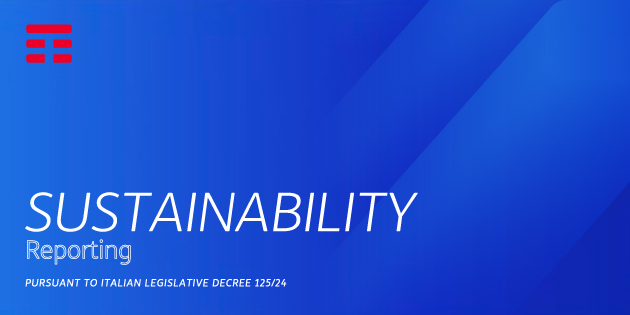We've still yet to invent the technology that can solve the environmental crisis gripping our planet all by itself. But using a wide range of technologies in the best possible way means we can help the environment by reducing our ecological footprint. From this point of view, the Internet of Things takes centre stage.
This innovation connects all objects to a network, turning them into smart devices that can be monitored, analysed and improved constantly. For example, one innovation that might help solve the eternal problem of rubbish collection in cities is 'smart waste'. Sensors placed in skips and connected to the network make it possible to monitor how full those skip are and therefore only empty them when necessary.
This would make rubbish collection on streets more efficient, reducing time and costs and preventing skips and recycling centres from overflowing.
Saving water and getting the most out of renewables
A similar system could help us save one of our most precious assets of all – water. The Internet of Things is also useful on this front. Sensors placed along water distribution networks can identify pipe leaks, which means we can act quickly and precisely, drastically reducing the amount of water wasted every day (which in Italy is over 40%, or 6.5 million litres a minute).
Saving energy is extremely important too, though. 'Smart grid' systems could be exploited to this end. These are intelligent grids that distribute electricity using high-level technology and information. Thanks to AI, it's becoming possible to plan the best way to use various energy sources. We can thereby optimise how we use renewables (including on the basis of weather conditions) and integrate them with energy produced from fuels only when it's necessary to do so. And it's thanks to tools like this that Google, to take on example, is managing to exploit wind energy with increasing efficiency. But these innovations are all becoming hallmarks of Italian smart cities. Credit goes to projects like the EU's Replicate in Florence.
Thanks to a technological partnership with TIM, it's focusing on smart energy, smart mobility and smart waste solutions, as well as developing IoT platforms for managing water distribution and waste management. TIM also signed a memorandum of understanding with Turin city council to let them use its 5G technology to develop sustainable smart city services. In order for a city to be truly sustainable, however, it is crucial to reduce traffic and emissions of pollutants from vehicles. On this front, the technology that will allow us to drastically reduce the amount of CO2 released into the atmosphere in the next few years is self-driving cars. According to a recent study by Rutgers University-Camden, near Philadelphia, using self-driving cars in large cities could make traffic flow far better. reducing fuel consumption by 40%.
Sustainable technology, from homes to forests
While we wait for these innovations to become a reality and spread throughout our cities, every one of us can make a contribution to the environmental cause. We can do so by using other technological devices that reduce consumption, like Smart Meters, a new generation of meters connected to the internet and therefore able to exchange information through a network. They keep energy consumption constantly under control, spotting leaks and optimising household appliances based on energy costs and individual price plans. This reduces energy use and saves on bills.
Olivetti's solution in this field is M2M Smart, an intelligent SIM that can be inserted in the gas meter to exchange information and analyse information with another device. But this tool doesn't have to be used only with intelligent meters. They can also be used in precision farming, with sensors that monitor environmental conditions to optimise irrigation, manage it remotely (even by smartphone) and therefore reduce water consumption.
Every environment can benefit from using new technology, even ones uninhabited by humans. The World Resource Institute recently developed Forest Watcher, an online forest monitoring system that allows anyone to check the condition of forests or woods and automatically send reports to the authorities, using a simple smartphone app. The WWF, meanwhile, is using AI to protect Chinese wild tigers and their habitat. Using cameras with image recognition, it will be possible to constantly monitor the distribution and population of this threatened species. This will automate work that was until now done by hand and very inefficient.
Intelligent meters, smart farming, artificial intelligence and much more. Technologies that make use of a range of systems, are already becoming a reality or have yet to spread, used from cities to forests. But all of them with a shared goal – keeping our planet healthy.






